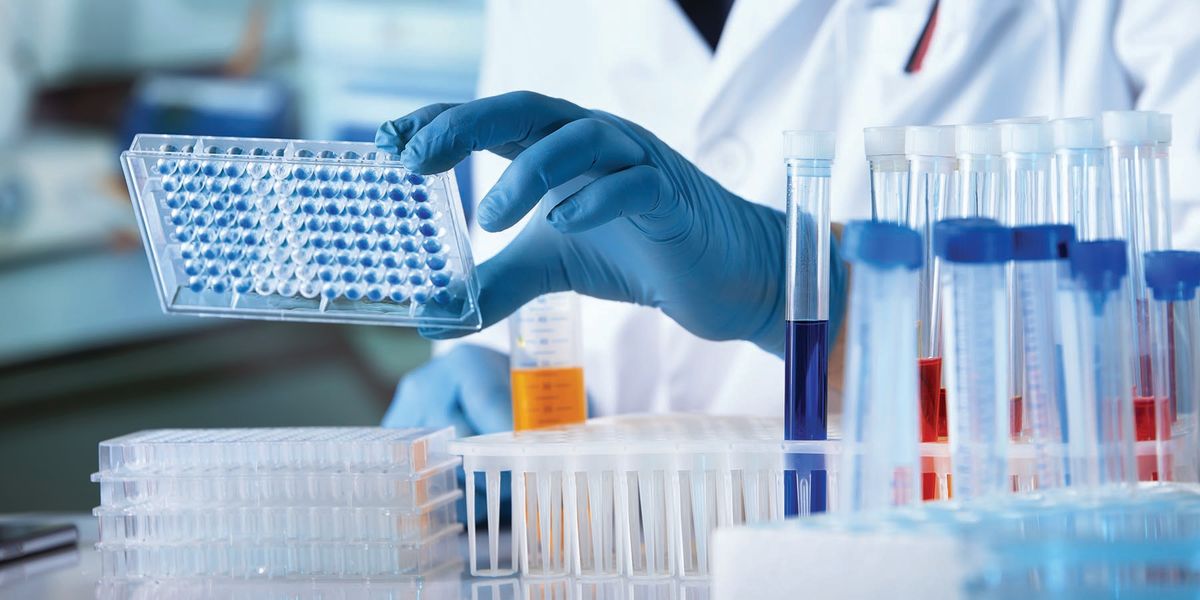ELISA is the most common type of immunoassay used to detect antibodies, antigens, and proteins in biological samples. When ELISA was first described in the 1960s, the scientific community readily accepted it as ELISA didn’t have any radioactively labeled antigens or antibodies. Today several assays are termed ELISA even when they do not incorporate enzymatic reactions. However, antibodies are common in all ELISAs.
ELISA labs use these assays across a broad spectrum of applications, ranging from biomedical research to new drug development. But what is drug discovery and development? Drug discovery and development involve the identification of novel compounds and testing them to select the most potent compound against diseases and medical conditions. Despite its widespread use, there are several methods available for performing an ELISA assay, and determining the right ELISA method needs the addressing of several research questions. As choosing the right ELISA method can be tricky, we share five factors immunoassay labs must consider while selecting the best ELISA method to accelerate drug development.
The species type
The type of ELISA method needed will depend on the species used in the study. Study samples from animal models such as rats, mice, and humans are used widely in ELISA assays. Besides, today many researchers use ELISA for species such as dogs and monkeys.
The analyte of interest
Identifying the analyte of interest is also crucial when deciding the most apt ELISA method for analysis. There are four main types of ELISA assays: direct, indirect, sandwich, and competitive ELISA. Direct ELISA is generally used to study immune response to an antigen. An indirect ELISA is suitable for evaluating total antibody concentration. On the other hand, sandwich ELISAs are most practical for analyzing complex samples, as they don’t require purifying the antigen before measuring them. And finally, competitive ELISA is best when researchers have only one antibody against the target antigen. It is also ideal for detecting small antigens.
Must Read: 10 Tips For A Successful ELISA Method Validation
Antibodies available
The choice of the ELISA method also depends on the type of antibodies available for analysis. For example, sandwich ELISAs need polyclonal capture antibodies and monoclonal detection antibodies. Besides, if only a single antibody is available, then competitive or direct ELISA can be used for analysis.
Recovery and linearity experiments
Linearity and recovery experiments are crucial to assessing the performance of ELISA immunoassays. Recovery studies evaluate the effects of variation observed in sample matrices while detecting the analyte of interest. On the other hand, linearity of dilution aims at understanding the analyte linearity of the dose-response in a specific diluent. In the case of ELISA kits, linearity and recovery data is available in the product specification. Hence, researchers must focus on conducting recovery and linearity experiments when developing novel ELISA assays.
Detection systems
The primary ELISA detection systems include luminescent, colorimetric, and fluorescent methods. While deciding on the type of ELISA method, researchers must also focus on the sort of detection system for ELISA assays. Besides, while selecting a detection system, it is also vital to choose a suitable enzyme with an identical substrate.
